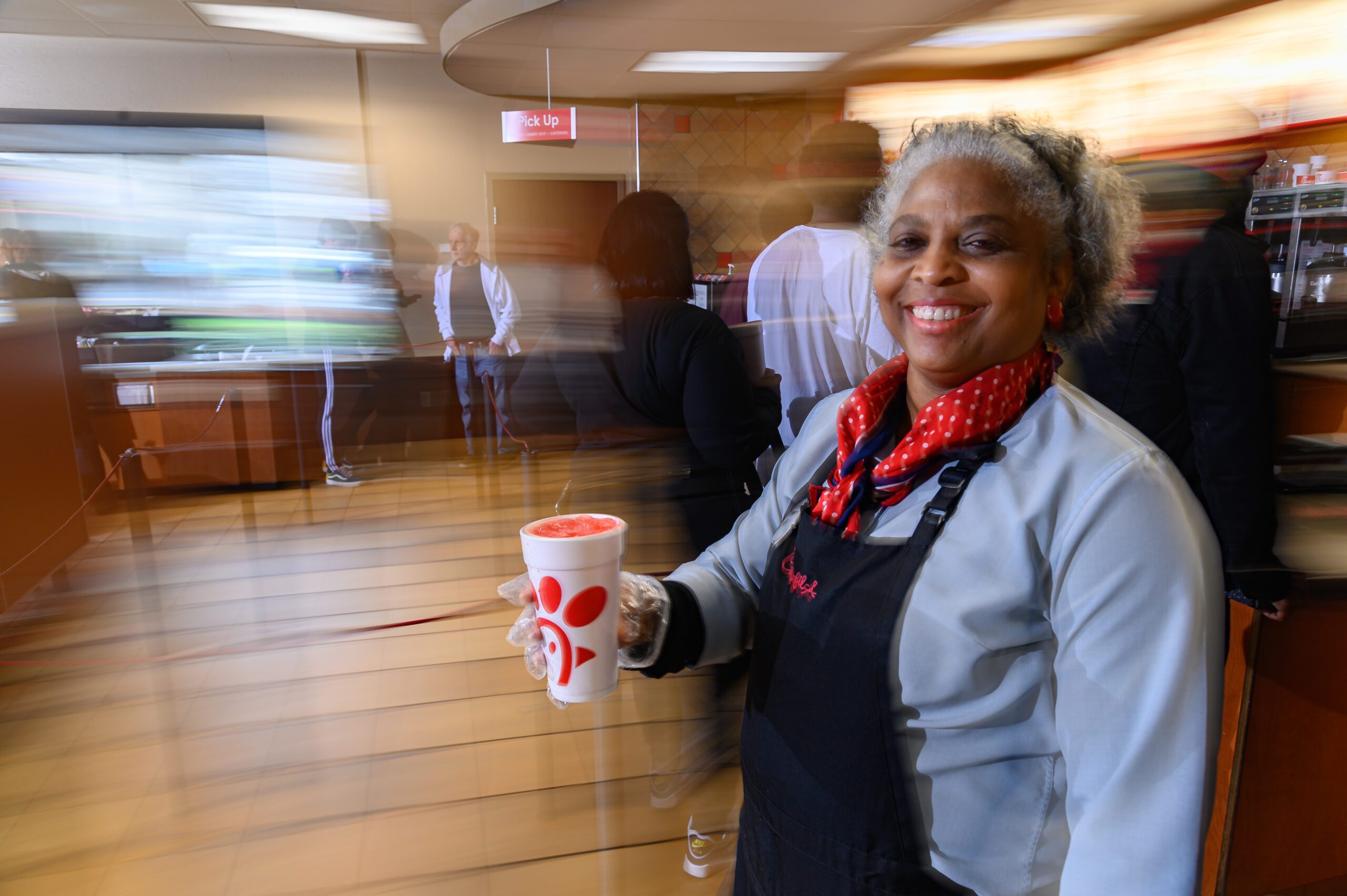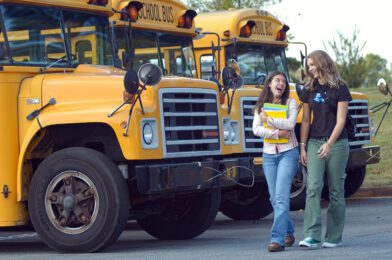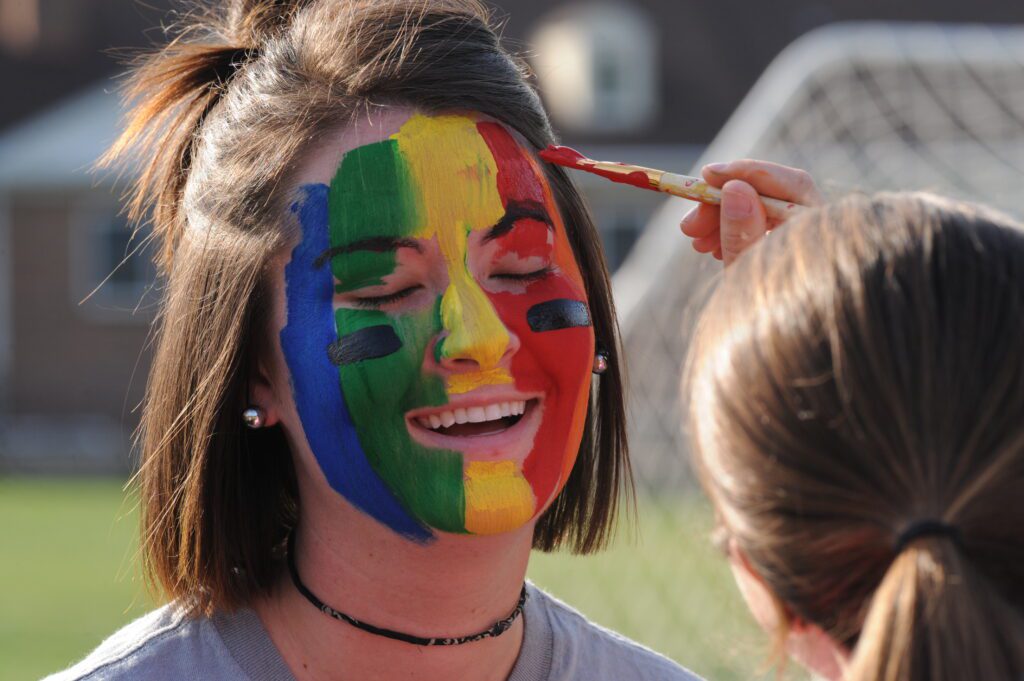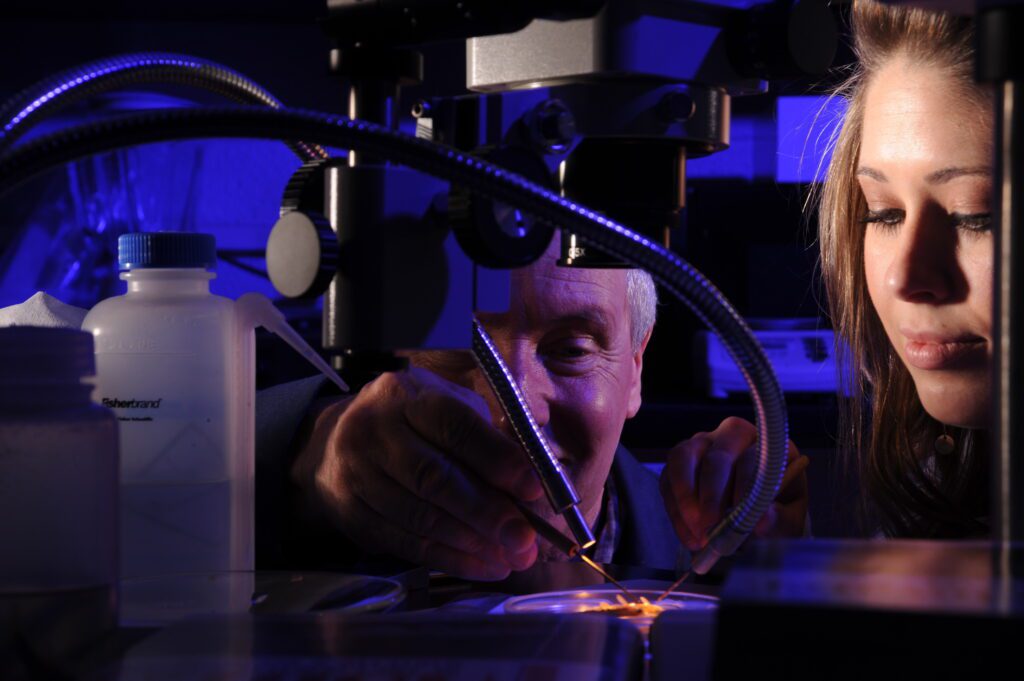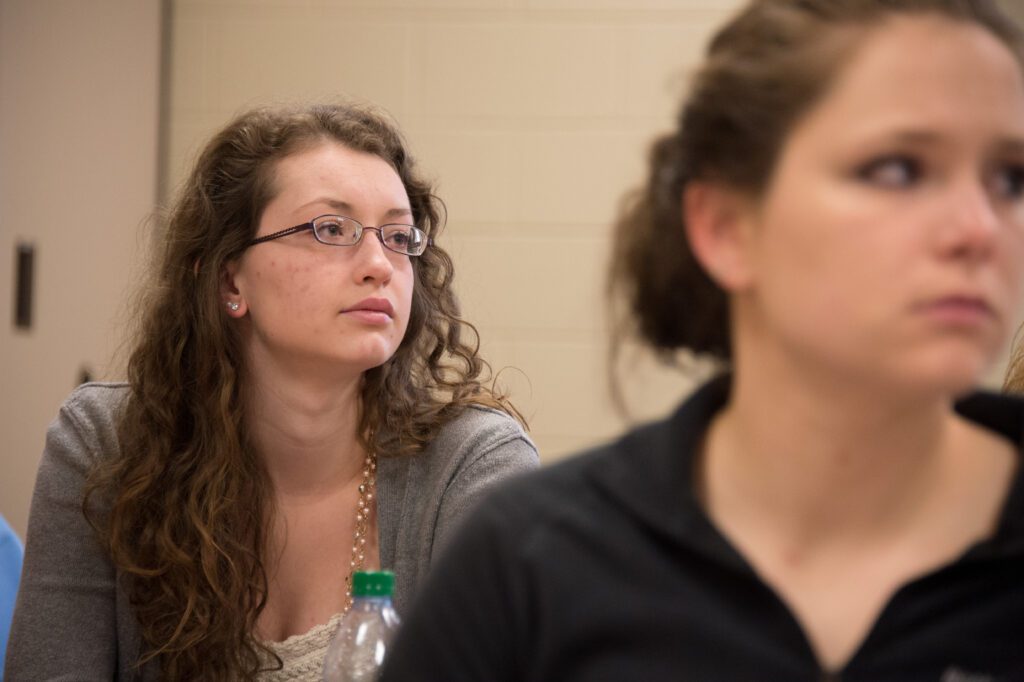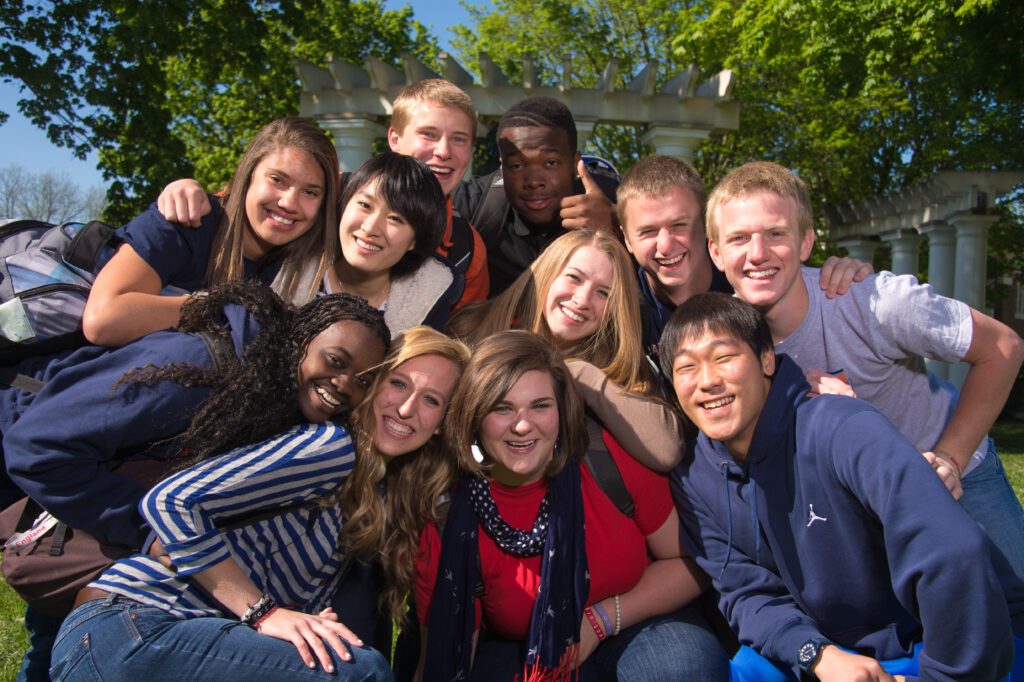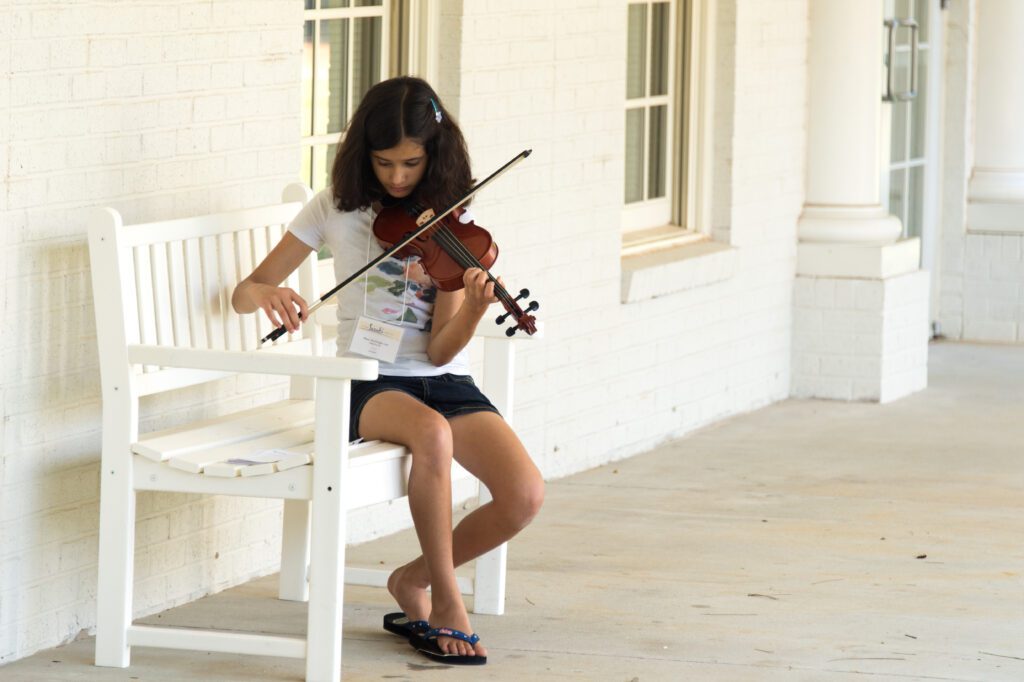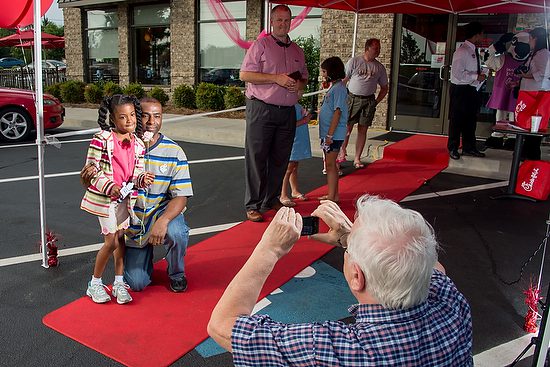“God is in the details” — Gustave Flaubert (1821-80) … or “the Devil is in the details” (a variant of the proverb). However you choose to look at it, there’s no question that little details make a big difference in your work.
The ancient Greek artisans took this so seriously that the statues they carved were complete all the way around, even though they knew their carvings would be in places where no one would ever see those details. This attention to detail is perhaps one of the reasons we marvel at their art thousands of years later.
A Photojournalistic Approach to Corporate Training Materials
I recently worked on a crew, creating training materials for a restaurant chain. We decided to approach the assignment photo journalistically rather than stage the photos. This approach showed the employees doing their jobs properly, making the images more believable than set-up shots. In addition, these pictures will train other employees and show how doing things in detail is best.
Even though we didn’t stage the shots, we still had to set the stage by cleaning up the place. We had to make sure everything looked as the company said it should look and everything was in its place.
In past training programs, the photos occasionally showed that a store didn’t always follow the company line in every detail. It may be as small as some item not being in its usual place or something not present in every location.
Insignificant but incorrect details are not little to those responsible for training employees. In the Nixon/Kennedy debate of 1960, Nixon’s sweating was the deciding factor.
In most high-investment photo shoots, stylists are to catch the small details that can distract from the message. Attention to detail is the fine distinction that separates the professional from the amateur.
Communicating Clearly, Without Distractions

I’ve told you this story before, the one about sitting by a grandmother on a flight from Dallas. She showed me a snapshot of her grandchild standing in front of a house. The child was a mere speck in the picture, but the grandmother, so intent on the child’s memory, was unaware of all the photos’ distractions. She remembers what the child looked like and saw her clearly, but only in her mind’s eye.
Musicians, poets, writers, and photographers know how important detail can be. Musicians listen as they play to keep themselves in tune. Poets search for one precise word. Writers look for the verb to carry the action. Photographers look at the subject plus scan the complete frame to eliminate details that distract or add ones that complement.
As professional communicators, we must show what we want people to see and show it clearly and without distraction.

The goal is to remove distractions that can sidetrack a trainee, or they may miss the teaching point. On the other hand, if there are too many distractions, the trainees may not be trained as they should be.
It is our job to ensure the message does not fail due to overlooked things. That’s why details make the difference.

